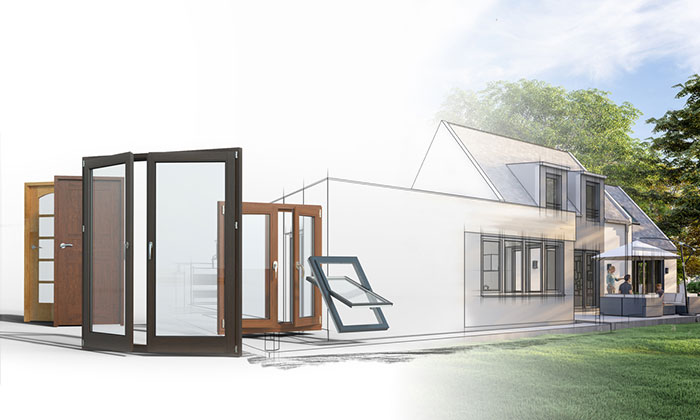
Australia has about 100,000 heritage-listed properties, and with their magnificent detail and abundance of charm, they can be easy to fall in love with. However, while the idea of owning a slice of local history can be very appealing, these homes were not designed or built with the same commitment to energy efficiency as today’s architectural masterpieces.
Making a heritage home more energy efficient is important, but it can be challenging due to its architectural and historical significance, and the regulations around heritage home renovations. Malvern’s Duncan Thompson Extensions are highly experienced in transforming heritage homes. We have been upgrading beautiful old houses in Melbourne for over 30 years. There are several steps you can take to improve energy efficiency in a period home without compromising its charm and character. Read on for some suggestions.
Conduct an Energy Audit
Start by assessing the current energy usage and identifying areas of improvement. Consult a professional energy auditor who specialises in heritage homes, as they will be able to accurately evaluate the building’s energy efficiency and provide recommendations tailored to its unique characteristics.
Improve Insulation
Older homes weren’t insulated to the extent that modern houses are, in fact many old houses contain no insulation at all. A well-insulated home is a much more energy-efficient home so engage a professional to insulate the walls, roof, and floors where possible. Choose insulation materials that are appropriate for a heritage home, such as blown-in cellulose or spray foam insulation. Work with a contractor experienced in heritage home renovations to ensure the insulation methods are compatible with the building’s structure.
Upgrade Windows and Doors
While beautiful old windows and doors are one of the signature characteristics that give heritage homes their charm, they are often single-pane types that allow significant heat transfer. Consider replacing them with energy-efficient alternatives that have been designed specifically to maintain their historic appearance. Look for windows and doors with low-emissivity (low-E) coatings, double or triple glazing, and weatherstripping to reduce heat loss and improve insulation.
Improve Heating and Cooling Systems
Upgrade the heating, ventilation, and air conditioning (HVAC) systems to more energy-efficient options. Consider installing a programmable thermostat, zoned heating, and cooling, or even a geothermal system, if feasible. Ensure the HVAC systems are properly sized and maintained for optimum efficiency.
Install Energy-Efficient Appliances
One simple change you can make which will have a big impact is to switch out old appliances for more energy-efficient alternatives for the kitchen, laundry, and other areas of the home. When shopping for appliances, look for those with the Energy Star label, which indicates they meet or exceed energy efficiency standards. There are many modern appliances which have been designed with the heritage aesthetic in mind, so even though you are improving efficiency you don’t have to sacrifice on period style.
Maximise Natural Light
Older homes tend to be darker, so improving the amount of natural light that enters the house is essential. Installing skylights or sky windows can have a massive impact and reduce the need for artificial lighting during the day. Not only will this reduce your energy bills but it can also enhance the internal ambiance and highlight unique architectural features such as cornice, and ceiling roses, that may otherwise be kept in the dark.
Seal Air Leaks
Period and heritage homes are renowned for being draughty. Identify and seal any air leaks in the building, including gaps around windows, doors, and electrical outlets. Use weatherstripping, caulking, and insulation to prevent drafts and heat loss.
Optimise Water Usage
Upgrading fixtures such as toilets, taps, and showerheads to low-flow models will help to reduce water consumption. You can also consider installing rainwater harvesting systems for irrigation purposes if permitted.
There are many small changes you can make to improve the energy efficiency of your heritage house, and many of them do not require any special permission. However, it’s important to keep in mind that most heritage home renovations and extensions will need to be done in accordance with the local laws, regulations, and guidelines governing the renovation of heritage properties in your area. Consult with professionals experienced in heritage home renovations before making any major changes. They can help ensure that the improvements are done in a manner that respects the historical integrity of the property while enhancing its energy efficiency.
Heritage Renovations and House Extensions – Mont Albert
If you are in love with your heritage home but need to make some changes so that it enhances your lifestyle, the team at Duncan Thompson Extensions is your leading choice. Specialists in period house extensions, Brighton, Camberwell, and homeowners across Melbourne’s eastern and bayside suburbs rely on us to deliver high-quality extensions that don’t compromise on stunning, historical style. Call us today to find out more.
